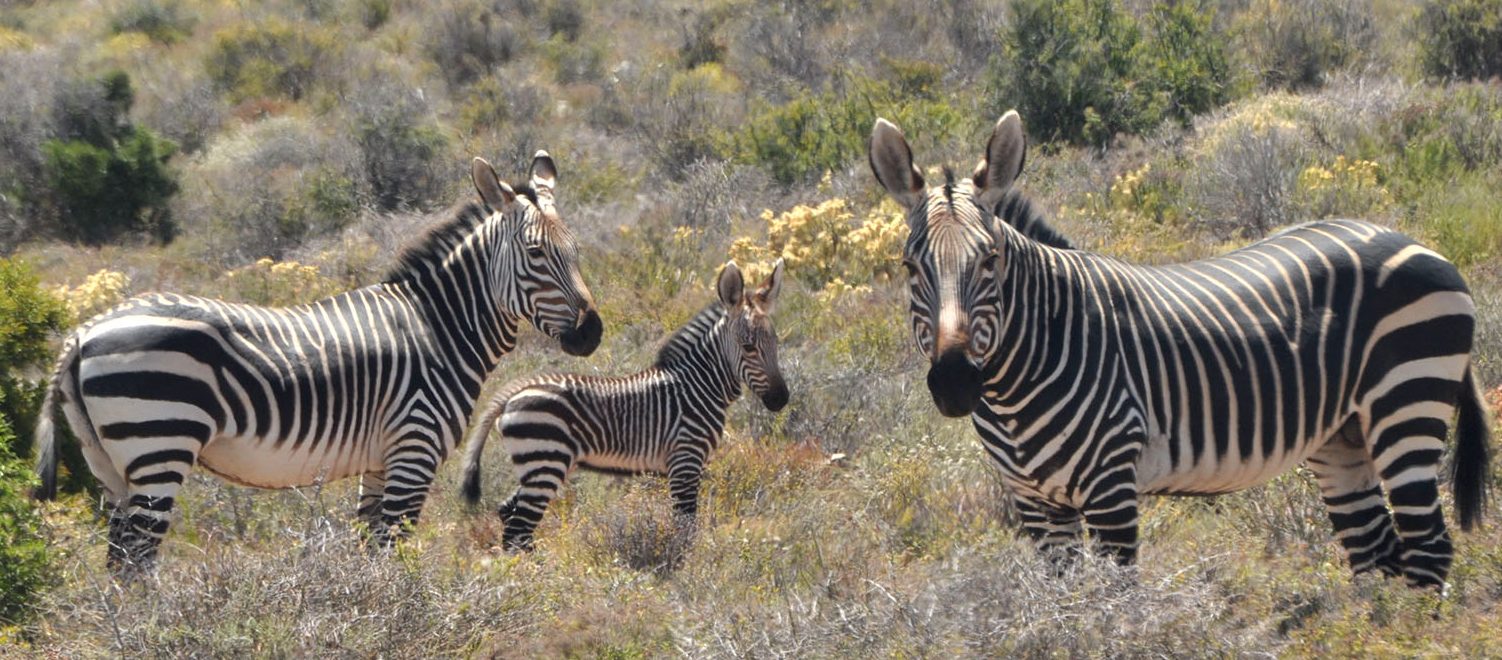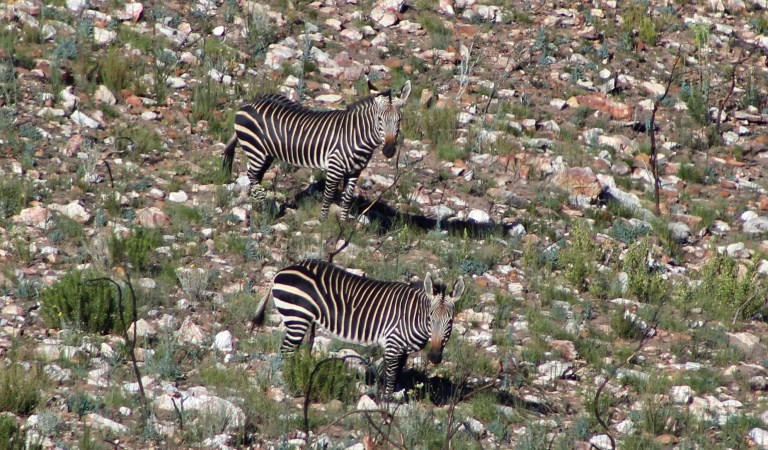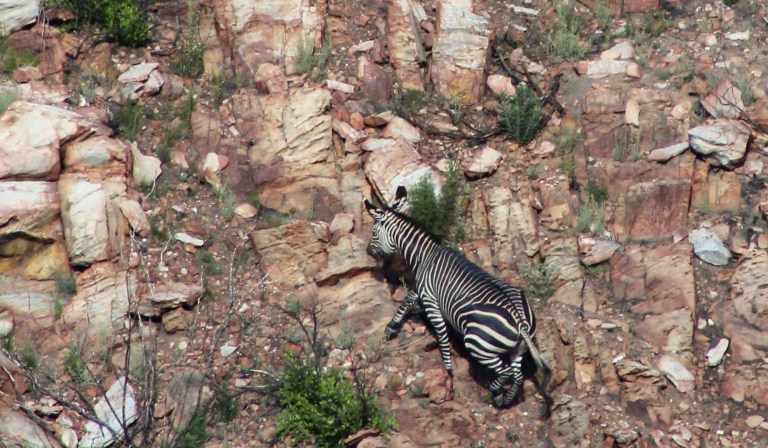Cape Mountain Zebra downlisted to CITES Appendix II ???
Posted: Wed May 11, 2016 12:37 pm
South Africa proposes the transfer of the Cape mountain zebra, Equus zebra zebra, from Appendix I to Appendix II.
Another rare species might go for exports soon
Appendix I lists species that are the most endangered among CITES-listed animals and plants. They are threatened with extinction and CITES prohibits international trade in specimens of these species except when the purpose of the import is not commercial, for instance for scientific research. In these exceptional cases, trade may take place provided it is authorized by the granting of both an import permit and an export permit (or re-export certificate).
Appendix II lists species that are not necessarily now threatened with extinction but that may become so unless trade is closely controlled. It also includes so-called "look-alike species", i.e. species whose specimens in trade look like those of species listed for conservation reasons. International trade in specimens of Appendix-II species may be authorized by the granting of an export permit or re-export certificate. No import permit is necessary for these species under CITES (although a permit is needed in some countries that have taken stricter measures than CITES requires). Permits or certificates should only be granted if the relevant authorities are satisfied that certain conditions are met, above all that trade will not be detrimental to the survival of the species in the wild.
Proposal document here:
https://cites.org/sites/default/files/e ... _zebra.pdf
Another rare species might go for exports soon
Appendix I lists species that are the most endangered among CITES-listed animals and plants. They are threatened with extinction and CITES prohibits international trade in specimens of these species except when the purpose of the import is not commercial, for instance for scientific research. In these exceptional cases, trade may take place provided it is authorized by the granting of both an import permit and an export permit (or re-export certificate).
Appendix II lists species that are not necessarily now threatened with extinction but that may become so unless trade is closely controlled. It also includes so-called "look-alike species", i.e. species whose specimens in trade look like those of species listed for conservation reasons. International trade in specimens of Appendix-II species may be authorized by the granting of an export permit or re-export certificate. No import permit is necessary for these species under CITES (although a permit is needed in some countries that have taken stricter measures than CITES requires). Permits or certificates should only be granted if the relevant authorities are satisfied that certain conditions are met, above all that trade will not be detrimental to the survival of the species in the wild.
Proposal document here:
https://cites.org/sites/default/files/e ... _zebra.pdf


